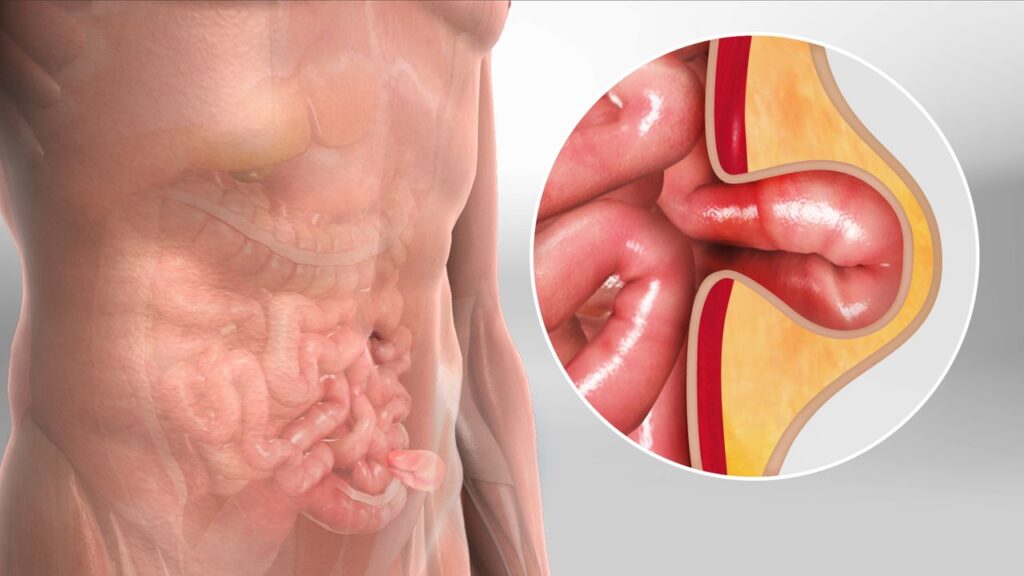
Know Inguinal Hernia Treatment Cost
What is an inguinal hernia?
It is a weakness or tear in the abdominal muscles of the groin region, which allows the intestines, fatty tissue or an organ to protrude through this defect. The inner lining of the abdomen (peritoneum) pushes through the weakened area to form a sac. A loop of intestine or abdominal tissue can then slip into this sac causing pain and other potentially serious health problems.
Need Second Opinion or Help?
Book Dr Chintan B Patel Online Video Consultation for second opinion or want to schedule surgery consult expert first.
Meet Your Surgeon Dr. Chintan B. Patel

- India’s leading & Best Bariatric Laparoscopic and General Surgeon Dr Chintan B Patel is now available at Kiran hospital Surat, Gujarat.
- Our major areas of specialization include Inguinal Hernia, Bariatric, Appendix, Umbilical Hernia, Gallstones, Piles or Hemmorhoids, Fistula, Varicose Veins, Pilonidal sinus, Diabetic foot, Cosmetic Breast & Laser surgeries.
Know More About inguinal hernia
What are problems and complications of an inguinal hernia?
A hernia can progress through the various stages as it evolves. There is usually a weakness or tear at a point of the abdominal wall, where the abdominal contents try to push against the lining, forming a hernial sac. The contents gradually push open and spread the defect, making it bigger. The contents ultimately come out fully and can be seen as a swelling or bulge below the skin. The swelling usually becomes more prominent on coughing or straining (cough impulse). The hernial sac contents usually get emptied back into the abdominal cavity (reducible) and the swelling or bulge disappears.
The abdominal muscles that form the margin of the defect can constrict the contents that pass through it, sometimes rendering these contents irreducible. Alternately, the contents of the sac can adherent to the lining of the hernial sac, which also results in the contents not being able to slide back inside (irreducible). When a hernia involving the intestine is irreducible, it can block the flow of intestines, resulting in blockage of smooth passage of gas, fluid or stools through the intestine (obstruction) or incarceration (intestines in the hernial sac blocked with stools).
When the muscle contracts, it may constrict and actually cut off the blood supply to the intestines inside the hernial sac resulting in dead intestine (strangulation), which becomes an acute emergency. This dead (gangrenous) intestine can then tear open and spill inside, thereby contaminating the abdominal cavity.


What are the symptoms of an inguinal hernia?
The symptoms listed below may accompany different hernias. Each person may experience different symptoms depending on the type of hernia and the individuals’ physical health. A hernia specialist can properly diagnose your signs and symptoms and decide whether or not they are indeed related to a hernia.

FREQUENTLY ASKED QUESTION
- Avoid heavy lifting when you can. Lifting puts stress on the groin.
- When you must lift, don’t bend over. Lift objects by using the legs, not the back.
- Eat high-fiber foods and drink plenty of water. This helps prevent constipation and straining during bowel movements.
- Maintain a healthy body weight.
- Seek immediate care if a hernia bulge turns red, purple or dark or if you notice any other signs or symptoms of a strangulated hernia. See your doctor if you have a painful or noticeable bulge in your groin on either side of your pubic bone.
The weak inguinal area, where inguinal hernias are exteriorized, is smaller than the myopectineal orifice, and a mesh 8-9 cm long and 5-6 cm wide is sufficient to cover this area.
© 2021 Your Surgeon – Dr. Chintan B Patel. All Rights Reserved .
